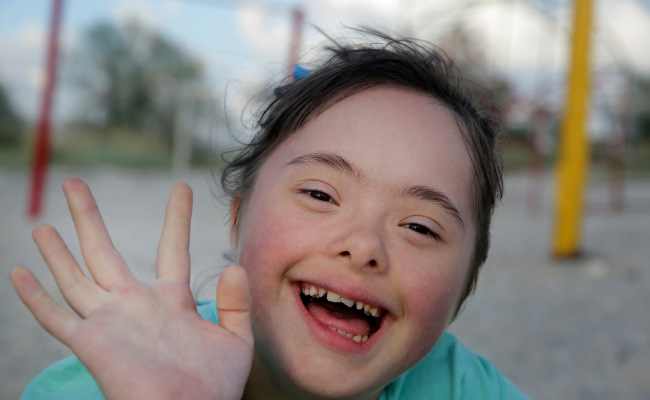How to Treat Spinal Muscular Atrophy?
- October 30, 2023
- No Comments
What is Spinal Muscular Atrophy (SMA)?
Spinal Muscular Atrophy (SMA), a rare genetic disorder impacting motor neurons in the spinal cord and brainstem, results in muscle weakness and atrophy. These essential neurons, responsible for regulating muscle movement, degenerate in SMA, leading to diminished strength. The disease is categorized by various types based on onset age and symptom severity.
The root cause of SMA lies in a deficiency of the survival motor neuron (SMN) protein, vital for the normal functioning of motor neurons. In this inherited neuromuscular condition, specific spinal cord motor neurons controlling muscle movement are lost, disrupting crucial nerve signals for muscle contraction.
Atrophy, signifying a reduction in size, characterizes the weakening of certain muscles in SMA due to decreased neural stimulation, contributing to a noticeable decline in muscle size and strength.
Why Does Spinal Muscular Atrophy Occur?
SMA is an autosomal recessive genetic disorder, indicating that both parents must carry a defective gene for the child to inherit the condition. The SMN1 gene, responsible for producing the SMN protein, is mutated in individuals with SMA. Without sufficient functional SMN protein, motor neurons degenerate, resulting in muscle weakness and atrophy.
How is Spinal Muscular Atrophy Diagnosed?
- Genetic Testing: Genetic testing is a key diagnostic tool for SMA, revealing mutations in the SMN1 gene and confirming the presence of the disorder.
- Electromyography (EMG) and Nerve Conduction Studies: These tests assess the electrical activity of muscles and the speed of nerve signals, aiding in the evaluation of motor neuron function.
- Muscle Biopsy: A muscle biopsy may be conducted to examine the structure and health of muscle tissue, providing additional diagnostic information.
- Blood Tests: Blood tests, particularly measuring creatine kinase levels, can help in assessing muscle health and identifying potential issues.
Treatment Solutions for Spinal Muscular Atrophy:
- Disease-Modifying Therapies: Recent breakthroughs in medical science have led to the development of disease-modifying therapies such as nusinersen and onasemnogene abeparvovec-xioi. These therapies aim to increase SMN protein production, slowing down the progression of the disease.
- Physical Therapy: Physical therapy is a cornerstone in the management of SMA. It focuses on preserving and enhancing mobility, muscle strength, and joint flexibility, promoting better overall function.
- Occupational Therapy: Occupational therapy helps individuals with SMA develop skills for daily activities, adapt to challenges, and maximize their independence in various aspects of life.
- Assistive Devices: The use of assistive devices, such as braces, walkers, and wheelchairs, can significantly enhance mobility and support daily activities, providing individuals with greater autonomy.
- Respiratory Support: Given the impact of SMA on respiratory muscles, respiratory support becomes crucial. This may involve non-invasive ventilation or mechanical ventilation to ensure adequate breathing.
Benefits of Treating Spinal Muscular Atrophy:
- Slowing Disease Progression: Disease-modifying therapies have shown remarkable efficacy in slowing down the progression of SMA. This not only preserves motor function but also offers individuals more time with a higher quality of life.
- Improved Quality of Life: Physical and occupational therapies, combined with the use of assistive devices, contribute significantly to an improved quality of life. They empower individuals by enhancing mobility, independence, and the ability to engage in daily activities.
- Prevention of Complications: Timely and appropriate treatment measures can help prevent complications associated with SMA. This includes addressing joint contractures and respiratory issues, promoting better long-term health outcomes.
- Enhanced Respiratory Function: Respiratory support, when implemented as part of the treatment plan, ensures proper breathing and contributes to overall health and well-being. It helps prevent respiratory complications that may arise due to weakened respiratory muscles.
- Empowering Independence: The holistic approach to SMA treatment, including therapeutic interventions and assistive devices, empowers individuals to lead more independent and fulfilling lives despite the challenges posed by the condition.









Comments (0)
No comments yet